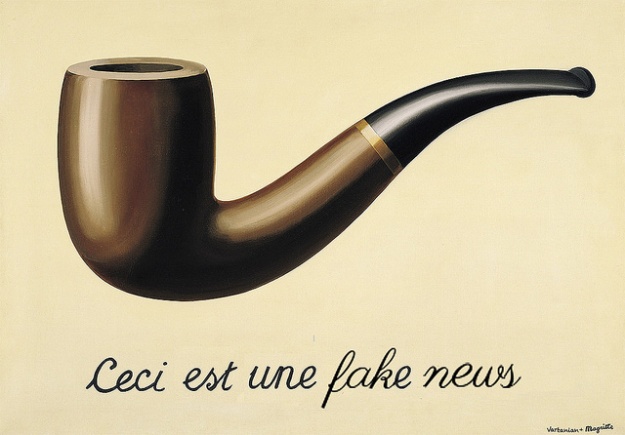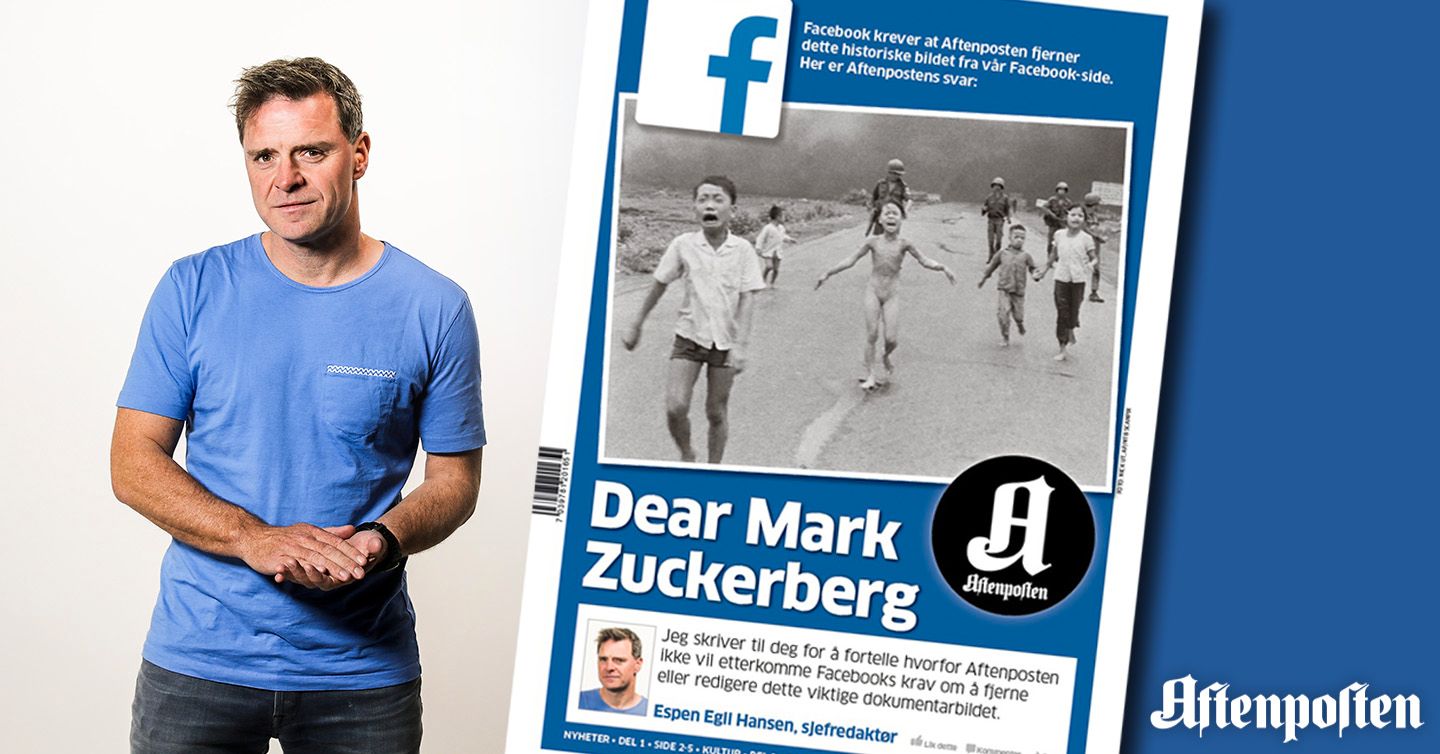Sportsman by
heart & a politician by choice: KIRTI AZAD
Honourable member
of parliament and former Indian Cricketer Mr. Kirti Azad attended a sports
session on “sports as a catalyst to build a New India” at FICCI‘s 91st
Annual General Meeting on 15 of December 2018.
On that session when one of the panelist asked him “how u see sports then
and what do you see happening now in terms of your on individual space”?
While answering this question Mr. Kirti Azad firstly said that, “I am a sportsman
by heart and a politician by choice”.
He expressed his feelings for sports and said that he loves to be a
sportsperson and there is no discrimination in sports. A Sportsman doesn’t
belong to any caste, creed, religion, region, etc. The thing which matters for
a sportsman is that he/she belongs to his/her team and country as well.
He also talk about the considerations that are followed to be a politician
that which caste, area he/she belongs to, which area can fit in where you can
contest election.
He also told that “I wish there a
sportsman spirit in politics. We would have been a better country.”
He also added that he didn’t mean to say that we are a better country but it’s
something how we feel within ourselves.
Then he came back to the question that what’s the difference in games then
and now, he answered the game is exactly same. Only a few changes might have
took place. It’s the attitude which is changed over the year. Lot of money has
came into game like BPL, IPL, etc.
He discussed about one of the major problems of sports i,e. the
federation. He told that mostly all the posts of the federation are handled by
politician which is big problem according to him. Giving by his own example he
explained how a full time politician can give his 365 days to a sports
federation.
At last he concluded that we can’t depend on federation and government
only for helping the sportsman financially, Private Enterprenuers have to give
their own contribution for sports.






